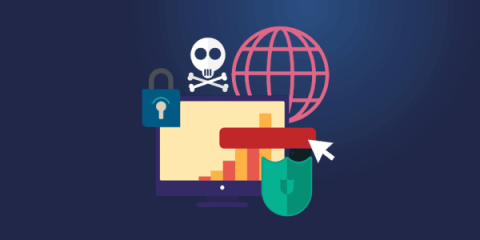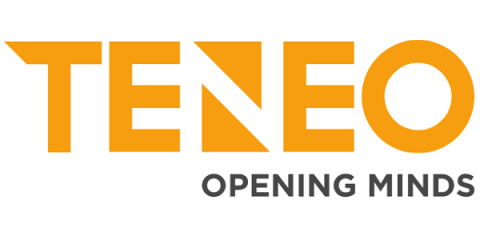Start with endpoint security fundamentals and build from there
Global cyberattacks increased by 38% in 2022 (Source). And because attacks are not only becoming more common, as well as difficult to detect, 65% of organizations plan to increase their cybersecurity spending in 2023 (Source). Even so, hackers will continue to hone their skills and exploit vulnerabilities. Successful ransomware attacks will happen. Theft and sale of personally identifiable information (PII) and other “valuables” on the dark web will happen.











